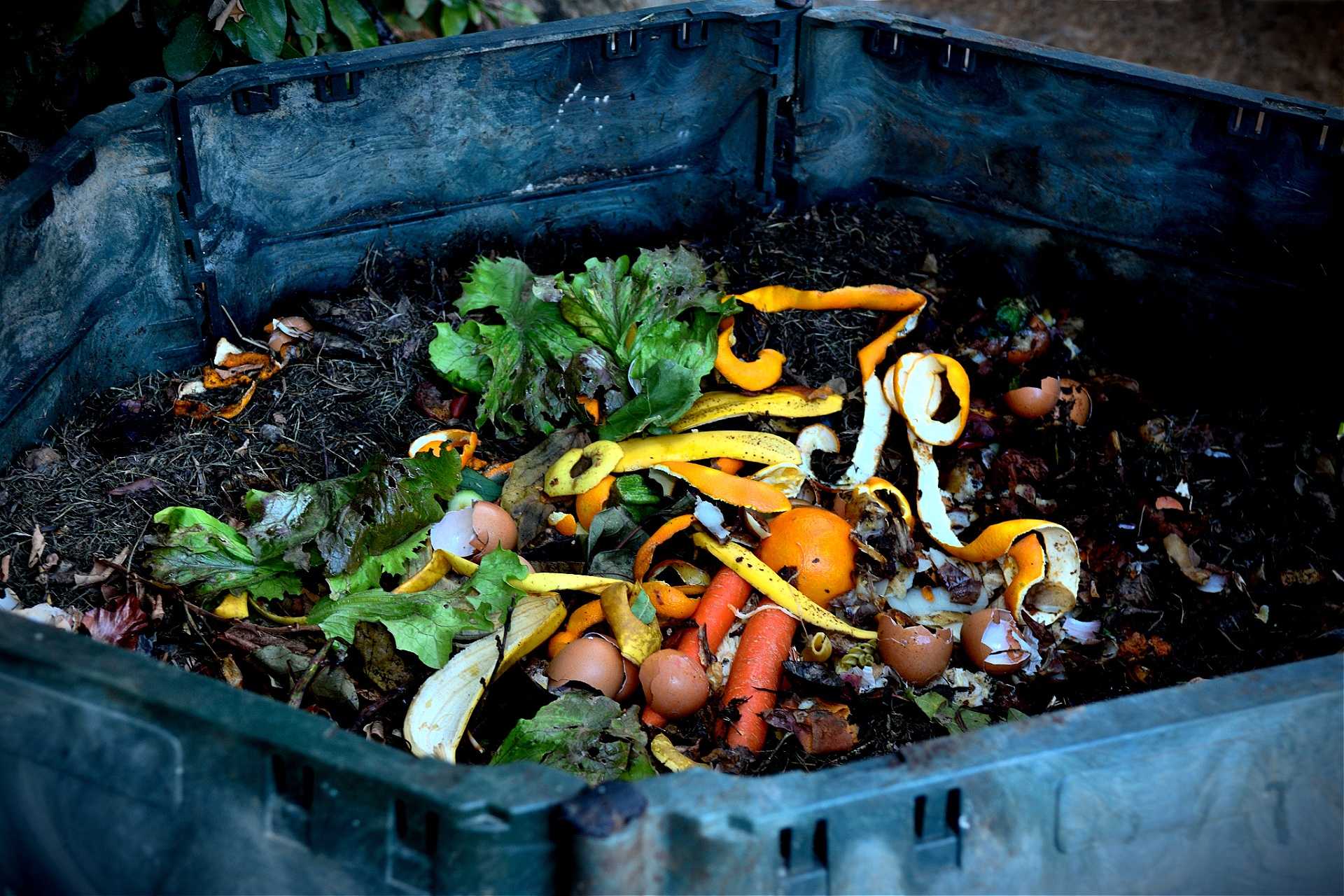Almost 1 Billion Tons of Food Is Wasted Each Year, U.N. Report Finds

A United Nations report estimates that 17 percent of global food production is wasted annually, enough to fill 23 million 40-ton trucks. The report found that households are responsible for 61 percent of food waste, and reducing food waste at the consumer level is crucial to achieving sustainable development goals.
A report published by the United Nations estimates that 17 percent of the food produced globally – around 930 million tons – is thrown away each year.
The quantity of food wasted is enough to load 23 million 40-ton trucks, equal to seven times the Earth’s perimeter when lined-up.
If we want to get serious about tackling climate change… businesses, governments and citizens around the world have to do their part to reduce food waste.
The research spanned 54 countries around the world in 2019. Households were found responsible for most of the waste, accounting for 61 percent of the food dumped. In comparison, the foodservice and the food retail sectors accounted for 26 percent and 13 percent, respectively.
Food is also lost on the farms and in the supply chains, the report stated. Overall, approximately one-third of the food produced globally is never consumed.
See Also:U.N. World Food Program Wins 2020 Nobel Peace PrizeHowever, global food waste is difficult to measure since most countries lack substantial data to pinpoint the problem.
“Many countries haven’t yet quantified their food waste, so they don’t understand the scale of the problem,” said Clementine O’Connor of the U.N. Environment Program (UNEP) and co-author of the report.
In 2019, around 690 million people worldwide were affected by hunger, the U.N. said, and the COVID-19 pandemic is expected to make things worse.
In advance, food waste takes a heavy toll on the environment. Almost 10 percent of the global carbon emissions are associated with dumped or lost food in the food supply chain, an amount equivalent to the emissions of road transports.
“If we want to get serious about tackling climate change, nature and biodiversity loss and pollution and waste, businesses, governments and citizens around the world have to do their part to reduce food waste,” Inger Andersen, executive director of the UNEP, said.
Another alarming finding of the research was that food waste not only occurs in developed countries but also in least-developed countries and developing countries.
“For a long time, it was assumed that food waste in the home was a significant problem only in developed countries,” said Marcus Gover, CEO of WRAP, a circular economy charity that worked together with the United Nations to produce the report. “With the publication of the Food Waste Index report, we see that things are not so clear cut.”
Through their work, the researchers are urging nations to reduce the loss of food in homes.
“With only nine years to go, we will not achieve SDG 12 Target 3 [reduce food waste by 50 percent at the consumer level by the year 2030] if we do not significantly increase investment in tackling food waste in the home globally,” Gover said.
“This must be a priority for governments, international organizations, businesses and philanthropic foundations,” he concluded.









